Intermediate Tips
Avoiding Surfing Mistakes With Martin Dunn: Intermediate Level
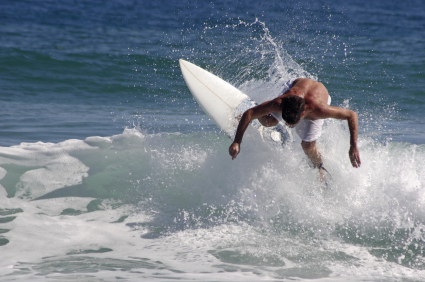 One of the toughest challenges in the life of a surfer is to improve surfing performance from an intermediate level to an advanced level. We can all look at videos of the pros and see what we need to do, but it’s even more important to recognize common mistakes in our surfing. The next step is to make an effort to correct those common mistakes. SurfScience.com wants you to know four of the most common mistakes intermediate surfers make and how to address those shortcomings.
One of the toughest challenges in the life of a surfer is to improve surfing performance from an intermediate level to an advanced level. We can all look at videos of the pros and see what we need to do, but it’s even more important to recognize common mistakes in our surfing. The next step is to make an effort to correct those common mistakes. SurfScience.com wants you to know four of the most common mistakes intermediate surfers make and how to address those shortcomings.
Manage The Peak
According to Martin Dunn, founder of SurfCoach.com and coach to 12 of the top professional surfers on the men’s and women’s world tours, one of the most common mistakes intermediate surfers make is mismanaging a wave’s peak. Taking off too far on the shoulder will produce a poor first turn, while taking off too deep or taking off on closeouts will cause them to miss the first turn entirely. There is a quick and obvious fix in Dunn’s observation.
“Surfers need to be on the peak or behind the peak at take off,” says Dunn. “This will result in a quality first turn, setting the stage for a great ride. Taking off on the shoulder, too deep or on closeouts will lower the surfer’s enjoyment.”
Generate Your Own Speed
Another common mistake is made when a surfer does not use his own body’s power to generate speed, but instead relies only on the wave’s power to generate the speed needed to make critical sections. Again, a surfer can correct this problem.
“Learning the technique of throwing the arms forward in the direction you want to go is a big fundamental skill people struggle with,” Dunn points out. “It’s like performing a standing broad jump. Using your arms will increase your distance. The same thing happens on the board. If you throw your arms in the direction you want to go, then the board will accelerate much faster.”
Turn Your Head
Most intermediate surfers make the common mistake of not turning the head during snaps, cutbacks, and re-entries. Turning your head will lead the way during those maneuvers.
“If you turn the head before you hit the top of the wave in a re-entry, which allows your upper body to rotate, which allows your hips to rotate, then all that rotation can go through to your board,” explains Dunn. He goes on to say that if you don’t turn your head, you can turn your upper body fine, but your hips will lock. The result is the power from your upper body won’t go through to the board because it doesn’t transfer through the hips. Remember: head, upper body, hips, and board.
Bend The Body
Dunn also points out that most intermediate surfers are too upright when performing a finishing or critical maneuver. These moves usually occur over heavier and harder sections so surfers get bounced off. The tip here is to get good center position over the board by bending the knees and waist. Dunn coaches his surfers to get in the “chest over front knee body position” to establish ideal balance and lower center of gravity. This will help a surfer perform that final maneuver with authority and balance, providing the perfect bookend to a great ride.
For more surf instruction make sure to visit SurfCoach.com and take advantage of Martin Dunn’s 25 years of surf coaching experience.

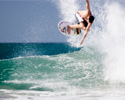
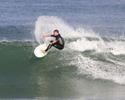
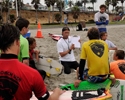

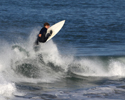
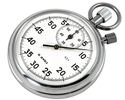
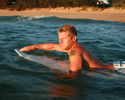
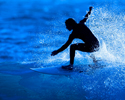
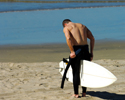
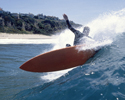
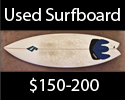


3 Comments